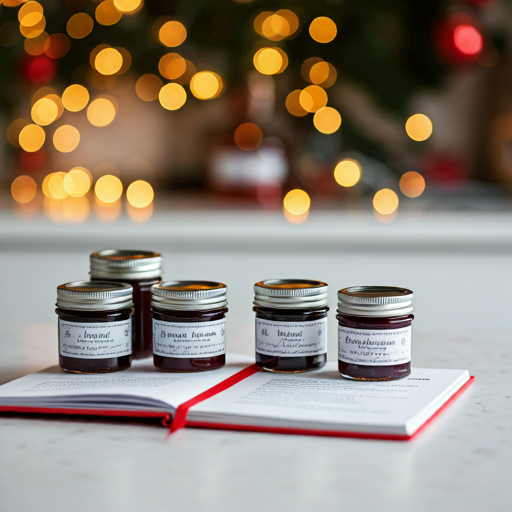15 Life-Changing Fridge Organization Tips & Ideas
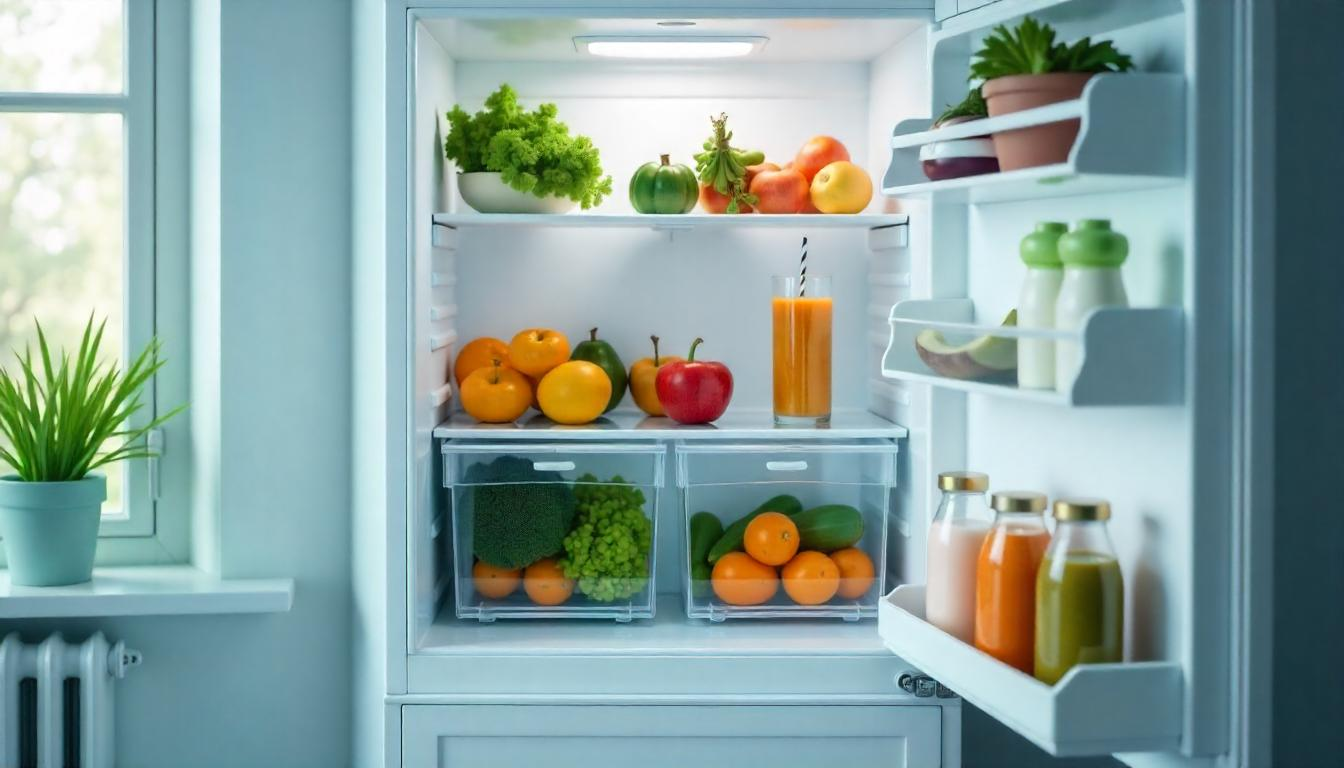
Your fridge—it’s the heart of your kitchen, the place where everything from leftovers to fresh produce lives.
But if you’re anything like me, you might open it to find a jumble of mismatched containers, half-empty jars, and a little too much takeout.
It doesn’t have to be like this.
With just a few strategic moves, your fridge can go from chaos to calm, helping you save time, reduce waste, and even make your meals more enjoyable.
So, let’s dive into life-changing fridge organization tips that will totally transform how you use this crucial part of your kitchen.
1. Start with a Clean Slate
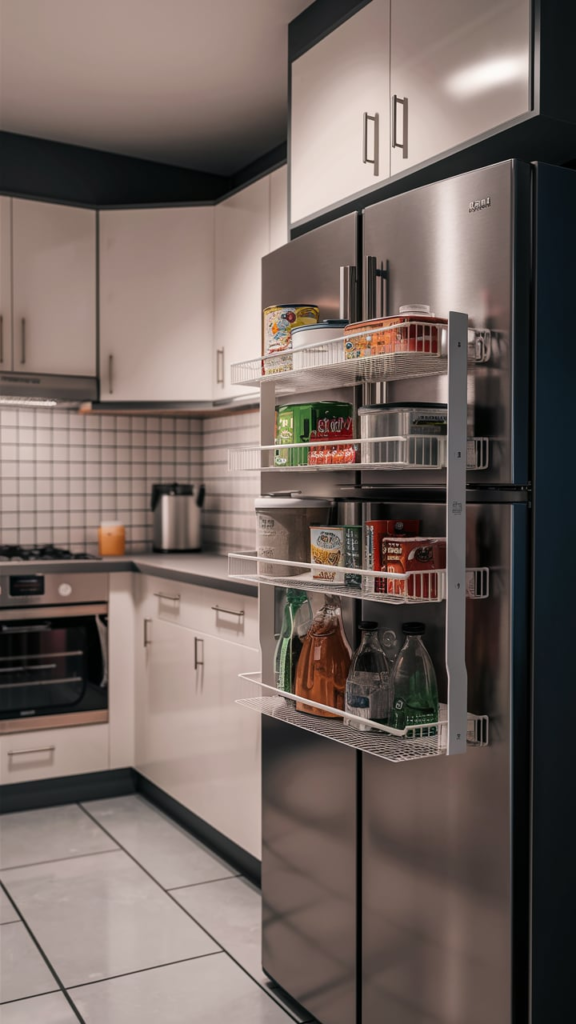
Before diving into any sort of organization, the first step is a complete fridge clean-out.
Don’t just rearrange—it’s time to take everything out and evaluate what you actually need.
Toss expired items, wilting veggies, or those “mystery jars” at the back of the fridge that haven’t seen daylight in months.
Pro tip: Take a damp cloth and wipe down the shelves as well as the inside of the fridge doors. Fresh space means fresh possibilities.
Anecdote: The first time I deep-cleaned my fridge, I found a jar of spaghetti sauce I had completely forgotten about—and it was nearly a year old.
Yeah, that’s when I decided to set aside time for fridge cleaning every few weeks.
2. The Power of Bins and Baskets
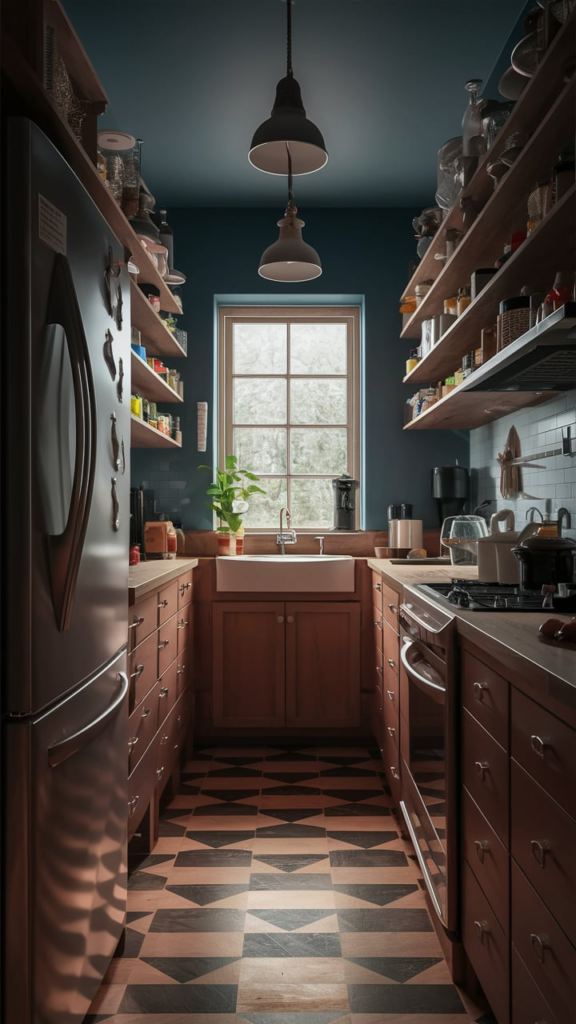
One of the easiest ways to organize your fridge is with clear bins and baskets.
These containers help categorize foods so you can see exactly where everything is without digging around.
For example, dedicate one bin for snacks, another for dairy, and another for produce.
Clear bins not only keep things tidy, but they also give you a visual inventory of what you have on hand.
You’ll never find yourself reaching for expired cheese or searching endlessly for that one lime again.
Quick stat: According to a 2021 survey, 46% of people who use bins in their fridges reported a significant reduction in food waste.
3. Use Lazy Susans for Easy Access

A lazy Susan can be a total game-changer for your fridge.
With just a turn of the wheel, you can access everything from jars of condiments to bottles of sauces, without having to shuffle through a pile of other items.
This is especially useful for smaller items that tend to get buried in the back of your fridge.
Pro tip: Place a lazy Susan on your fridge door to organize small jars like mustard, mayo, and hot sauce.
This way, you’ll always know what you have and won’t be buying duplicates.
4. Make the Most of Your Fridge Doors
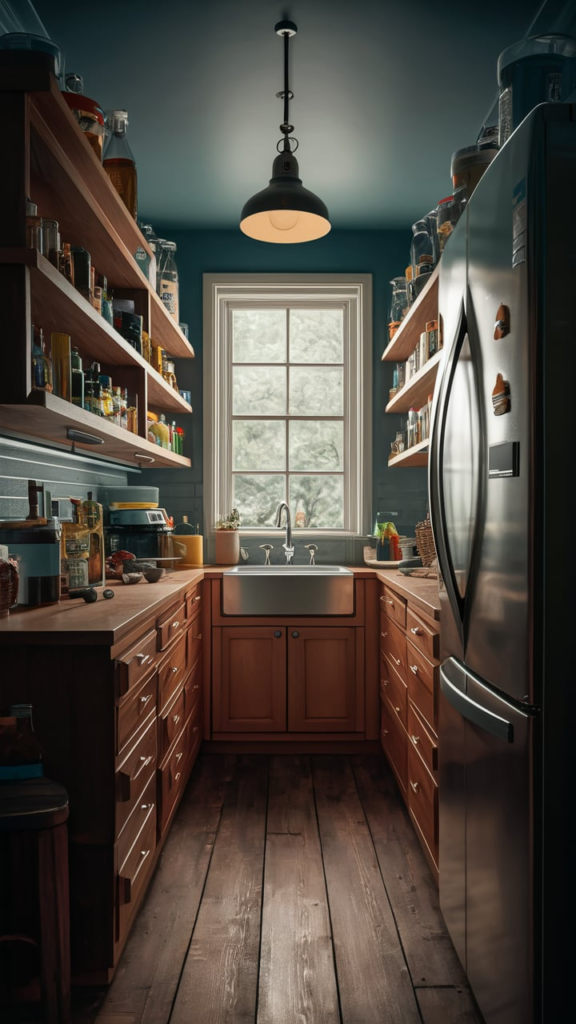
We often think of the fridge doors as a catch-all space, but they actually work best for storing certain items.
Think condiments, sauces, jams, and beverages.
These are the items that are less temperature-sensitive and can thrive in the slightly warmer area of the fridge.
Anecdote: I used to stuff my fridge doors with everything, from milk to vegetables, until I realized that dairy actually stays fresher longer in the middle shelves.
Now, my fridge door only holds things like ketchup and my ever-growing collection of hot sauces.
5. The Overlooked Bottom Drawers
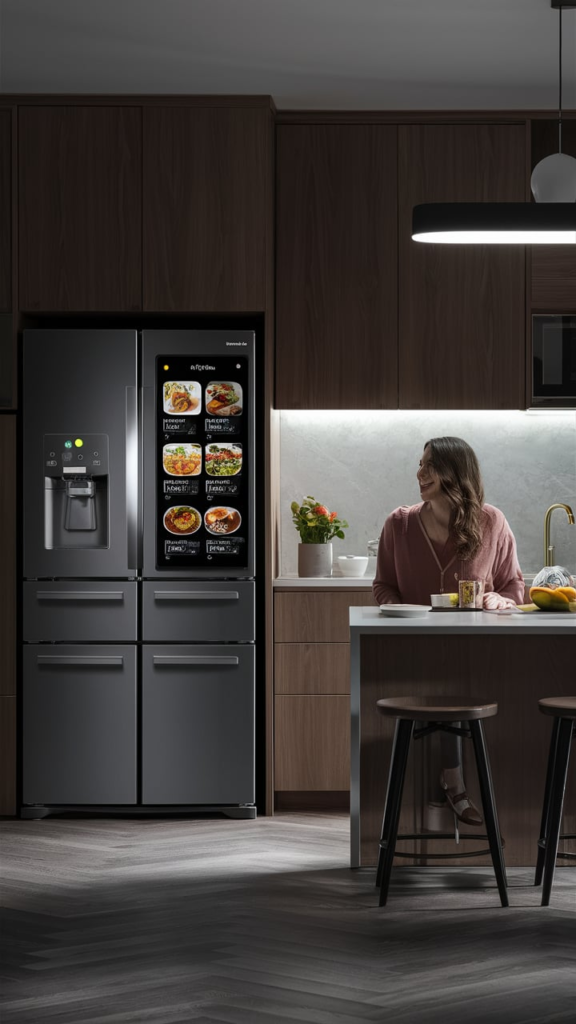
Those bottom drawers in your fridge? They are not just for vegetables, although that’s how most people use them.
You can optimize these drawers by dedicating one specifically to leafy greens and delicate produce (like berries) and the other for root vegetables and hardy items (like carrots, potatoes, and squash).
Keeping your vegetables separated in this way helps them last longer, and it also makes it easier to grab what you need quickly.
Pro tip: If you can, set the drawers to different humidity levels (many fridges allow this), with a higher humidity setting for leafy greens and a low humidity setting for items like cucumbers and peppers.
6. Utilize Adjustable Shelves
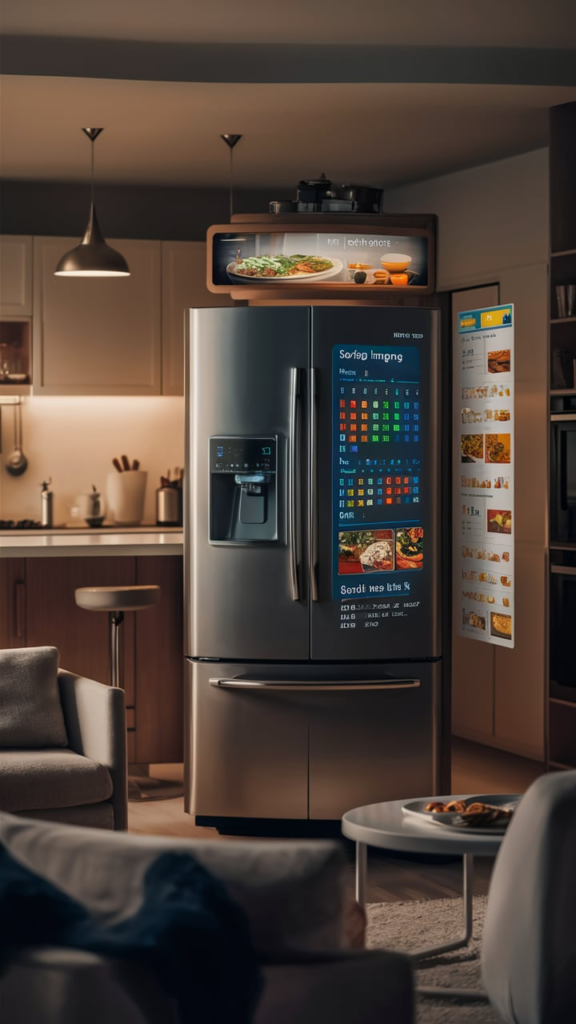
If your fridge has adjustable shelves, take full advantage of them.
Play around with different configurations to accommodate tall bottles, large platters, or stacked containers.
By adjusting the shelves to your specific needs, you can maximize vertical space and prevent wasted areas.
Anecdote: When I adjusted the shelves in my fridge to accommodate taller juice bottles, I suddenly had so much more space for leftovers.
It felt like magic.
7. Label Everything
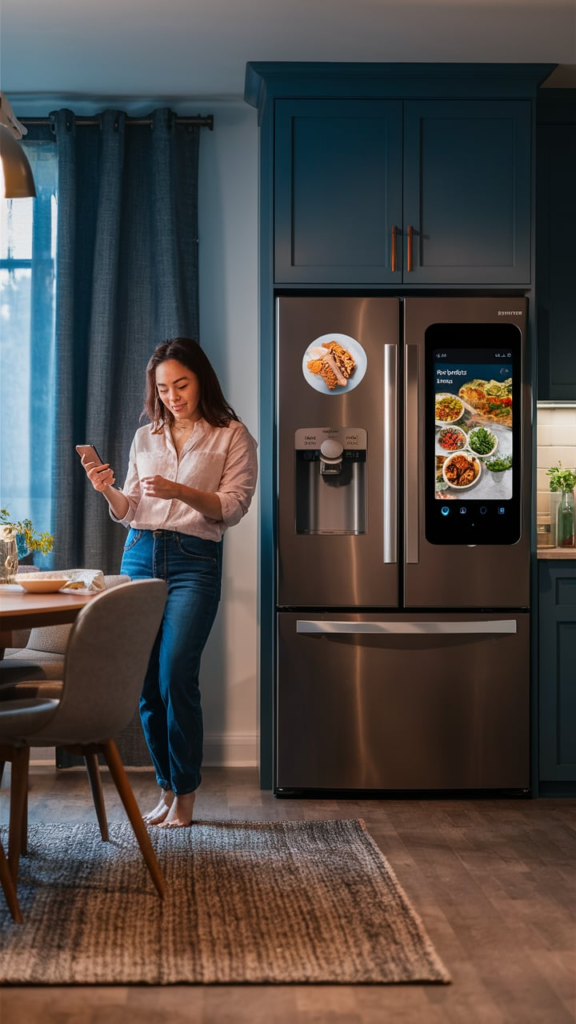
To keep your fridge organized, labeling is a must. Label your bins, jars, and even leftovers with the date of purchase or preparation.
This way, you know exactly what’s in each container, and you’ll have a better sense of what needs to be used first.
You can use adhesive labels or even masking tape and a permanent marker to quickly note when something was bought or prepared.
Quick stat: Research from the University of Arizona found that labeling food can reduce food waste by up to 30%. When we know what’s in the fridge, we use it before it spoils.
8. Store Leftovers the Right Way
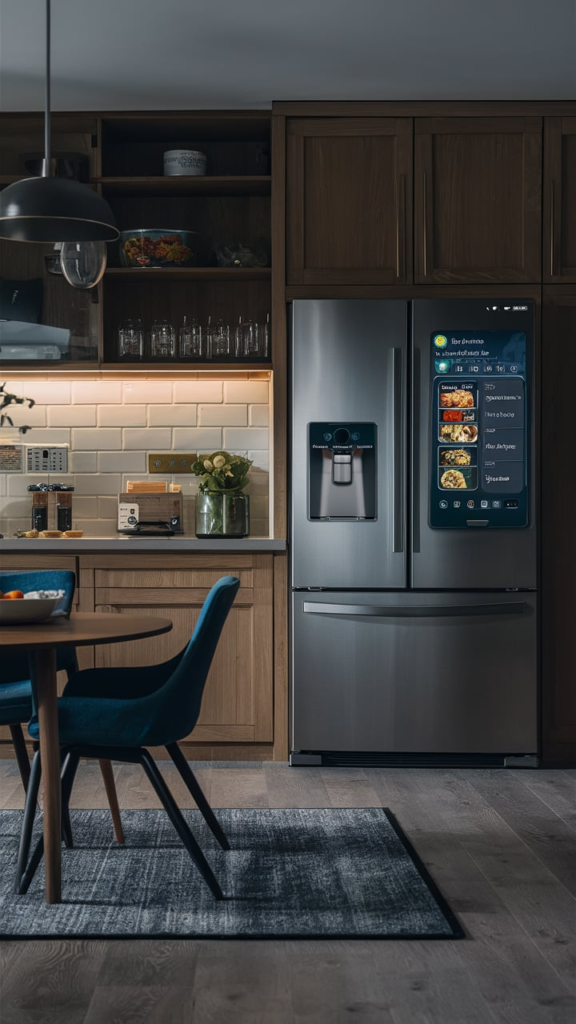
When it comes to storing leftovers, the key is airtight containers.
They keep the food fresh for longer, and they prevent any unwanted odors from taking over your fridge.
Label your containers with the date to track when you need to eat them up.
Pro tip: Consider glass containers rather than plastic.
They are often more durable, and you don’t have to worry about them warping or absorbing smells.
9. Maximize Freezer Space
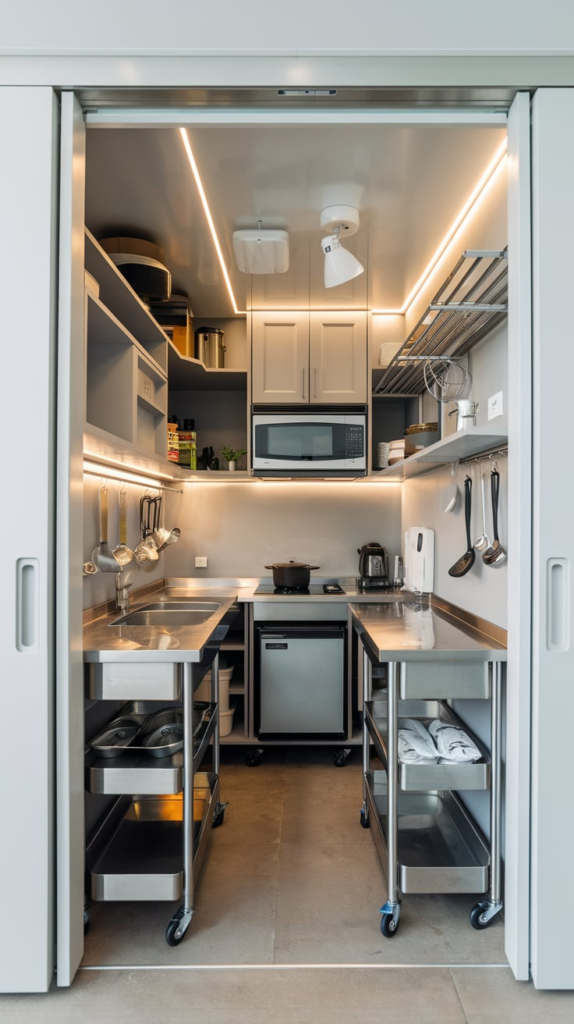
Don’t forget about your freezer! The freezer is a great space for storing bulk items, frozen meals, or even extra portions of pre-cooked food.
It also allows you to extend the shelf life of fresh produce.
Consider organizing your freezer into sections, like one for meats, one for frozen veggies, and one for frozen meals.
Anecdote: I used to dump everything into the freezer haphazardly, but once I started organizing by type (meat in one bin, veggies in another), it was so much easier to grab what I needed without playing a game of freezer Tetris.
10. Mind the Temperature Zones
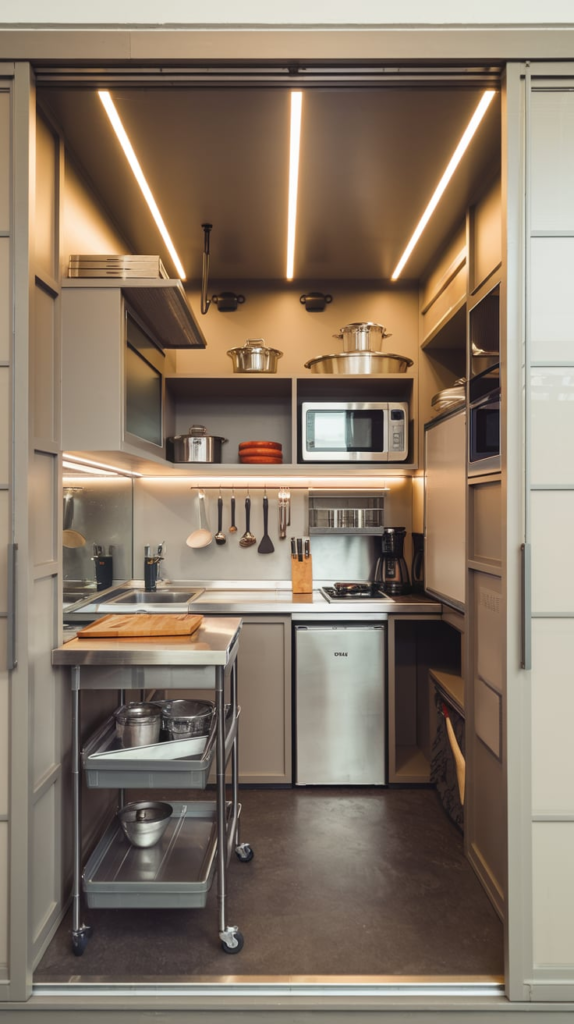
The fridge is like a miniature ecosystem, with different temperature zones.
It’s important to store food in the right areas of the fridge to maximize freshness and safety.
The top shelves are usually the coldest, perfect for drinks and ready-to-eat foods like leftovers.
The middle shelves are great for dairy products, and the bottom shelves, being the coldest part, are perfect for raw meats or seafood (ideally in a sealed container).
Quick tip: Keep a fridge thermometer handy to ensure your fridge is at the optimal temperature of 37°F to 40°F (3°C to 4°C).
11. Use Clear Containers for Transparency
One of the easiest ways to stay organized is by using clear containers for almost everything.
You want to be able to see what’s inside without opening it.
For example, store snacks, fruits, or pre-cut veggies in transparent containers so you can see exactly what’s inside without needing to rummage.
Pro tip: Look for stackable clear containers so that you can maximize your fridge’s height and never lose track of what you have.
12. Repurpose Egg Cartons
If you don’t already, consider using egg cartons for smaller items.
They’re great for storing small fruits like berries, mushrooms, or even fresh herbs.
They help keep things from getting squashed while allowing you to stack them easily.
Quick stat: A 2020 survey found that 58% of people found it easier to grab small items quickly when they used an organized egg carton setup.
13. Don’t Overcrowd the Fridge
While it’s tempting to stuff your fridge to the brim, overloading can actually reduce efficiency.
Air circulation is key for keeping food cold and fresh.
When your fridge is overcrowded, the cold air can’t circulate properly, and your food won’t stay as fresh.
Pro tip: Leave a little space between items so that air can flow freely.
14. Use Drawer Organizers for Small Items
If you have an extra drawer in your fridge, consider adding drawer organizers for small items like cheese, condiments, or deli meats.
This keeps everything in its place and prevents smaller items from getting lost in the shuffle.
15. Seasonal Rotations
Rotate your produce according to seasonal availability.
Seasonal items like squash or tomatoes should be used first, while heartier, longer-lasting vegetables can be placed towards the back.
Anecdote: I always try to eat the veggies I buy in-season first, which helps keep my meals fresh and exciting—and prevents me from forgetting about things like the zucchini in the back corner.
16. Reorganize Weekly
A weekly fridge organization session can keep your space fresh and tidy.
Set aside a few minutes each week to check on the food you have, toss expired items, and reorganize things that have been jumbled.
This simple habit prevents buildup and ensures that your fridge stays organized at all times.
17. Use a Fridge Inventory App
A high-tech solution to keeping your fridge organized is using a fridge inventory app.
These apps allow you to input what’s in your fridge and remind you when things are about to expire.
This is especially useful for people who hate wasting food or want to keep track of grocery items.
Pro tip: Some apps even allow you to create shopping lists based on the contents of your fridge!
18. Store Drinks Smartly
Drinks, especially bottles or cans, can take up a lot of space in your fridge. Consider using tiered organizers to maximize the shelf space.
This way, you can stack your drinks, making it easy to grab what you need without creating a mess.
19. Keep Raw Meat Separate
To avoid cross-contamination, always store raw meat on the bottom shelf of your fridge.
Ideally, place it in a container or a tray to catch any juices that may leak.
This keeps your other food safe and reduces the risk of foodborne illness.
20. Make Use of Fridge Freezer Combo Space
If you have a fridge-freezer combo, divide the space by categorizing frozen foods separately from refrigerated ones.
Create easy-to-grab sections for frozen dinners, veggies, and ice cream, while organizing the fridge side with fresh produce, dairy, and leftovers.
21. Keep Leftovers Visible
When it comes to leftovers, keep them visible so they don’t get lost in the fridge.
Store them in clear containers or place them at eye level, so they’re the first thing you see when you open the door.
22. Shop Smart to Avoid Overloading
One of the most effective ways to avoid fridge overload is to shop strategically.
Don’t buy more than you can reasonably store, and be mindful of your fridge’s capacity.
This will prevent you from overstocking and ending up with expired items.
23. Thoroughly Organize Your Condiments
Condiments often go unnoticed, but they can take up a lot of room if not organized.
Keep like items together, and don’t forget to check for expired bottles of mustard or ketchup.
Organizing your condiments saves space and helps you use them before they spoil.
24. Store Herbs the Right Way
If you buy fresh herbs, store them correctly to maximize their shelf life.
Some herbs like cilantro and parsley last longer if stored in a glass of water (like flowers), while others like basil prefer room temperature.
A little knowledge of herb storage can go a long way.
25. Get Rid of Junk
If you find yourself reaching for the same things over and over—like that half-empty bottle of salad dressing that’s been there for months—consider tossing out things you rarely use.
The more streamlined your fridge is, the easier it will be to maintain.
By following these fridge organization tips, you’ll be amazed at how much smoother your daily routine becomes.
With a little effort, you’ll turn your fridge into a well-oiled machine that saves you time, reduces food waste, and keeps your food fresh.
Go ahead, take these tips and run with them—you’ll wonder why you didn’t do it sooner!


